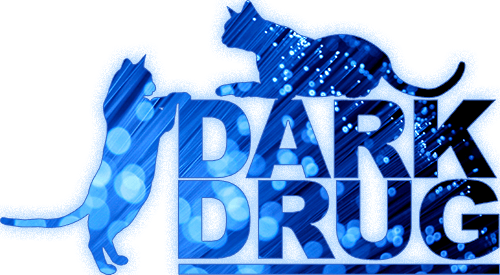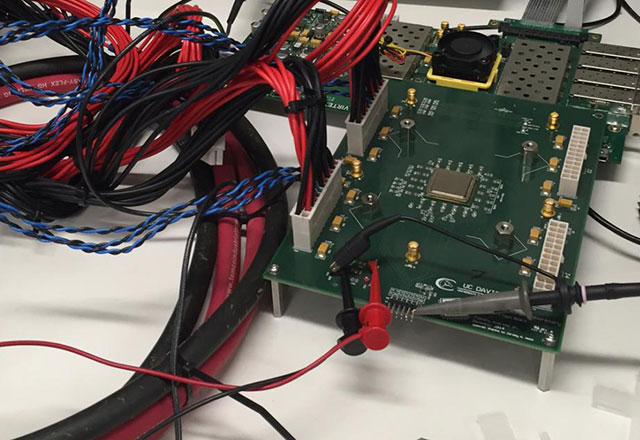Header Banner: Speed is the name of the game. The DarkDrug logo shows an Intel Xeon microchip die. Xeon is a brand of x86 microprocessors designed, manufactured, and marketed by Intel, targeted at the non-consumer workstation, server, and embedded system markets. It was introduced in June 1998. The advent ofoptical fibre cable has allowed the speed of data transmission to reach dizzy heights (shown in the DarkDrug logo). The field of applied science and engineering concerned with the design and application of optical fibers is known as fibre optics. The term was coined by Indian physicist Narinder Singh Kapany, who is widely acknowledged as the father of fibre optics.












